Indian architecture is a mix of various social-cultural sensibilities that differ from region to region. The practice of erecting sanctuaries for the images of gods probably goes back to the 2nd century BC. Almost all the Hindu temples in India follow the architecture which is defined in the Shilpa Shastras. According to the Silpasastras, the temples in North India are Nagara style while those situated between the Krishna river and Kanyakumari in the south are Dravidian style.
Dravidian style of construction:
- The style of architecture which became popular in South India is called the Dravidian style.
- The development of the Bhakti movement and the emergence of new forms of religion in the form of Saivism and Vaishnavism resulted in the worship of idols and the construction of temples.
- The Cholas, Chera, Pandyas, Pallavas, Rashtrakutas, Chalukyas, Hoysalas, and Vijayanagara Empire were some of the many other empires which have a significant contribution to Dravidian architecture.
- It consists primarily of pyramid-shaped temples.
- Gopuram is an important feature of Dravidian construction
- Under this style, the central deity was placed in a sanctum.
- Sanctum is the place where idols are kept.
- Sanctum is also called Garbhagriha
- Above the Garbhagriha there was a conical structure with a 5/7 story that rises into the sky and this is called Viman.
- In front of the sanctum, there is a pillared hall called Mandap.
- The mandap is the place for the audience and at times dances were performed here.
- This whole structure was surrounded by high walls at the entrance of which there were lofty gates called Gopuram.
- Dravidian style of construction began in the Pallava period.
- The Pallavas had their capital at Kanchipuram.
- The Pallavas started building temples in the 7th and 8th centuries in Dravidian style for placing god.
- Pallavas can be regarded as the pioneers of south Indian architecture
- The majority of the existing buildings are located in the Southern Indian states of Tamilnadu, Karnataka, Kerala, and Andhra Pradesh.
- The Shore Temple which was constructed by Narasimhavarman II near Mahabalipuram is a UNESCO World Heritage Site.
- The Dravidian style of architecture reached its Zenith under the Cholas. The prominent temple built by Cholas is Brihadeshwara temple (Tanjore) in the 11th century by Rajaraja
- One of the finest examples of the Pallava style temple is the Kailasanatha temple which is also called Rajasimha Pallaveswaram in Kanchipuram built by Narasimhavarman II also known as Rajasimha.
- Mahabalipuram/ Mamallapuram (is 65km away from Chennai). The city is founded by Narsimhavarman in 7th At this place Ratha temples are built. Ratha temples are 7 in number and are Monolithic i.e they are made of Single stone.
- These Ratha temples are names after Pandavas ( Pandavas are 5 and the other two are Lord Ganesh and Draupadi). Yudhistir is the biggest temple.
- The great living Chola Temples which are listed among the UNESCO World Heritage Sites are the Brihadeshvara Temple of Thanjavur, Brihadeshvara Temple of Gangaikonda Cholapuram, the Airavatesvara Temple of Darasuram.
- Dravidian-style architecture can also be witnessed in many parts of North India, Northeastern and Central Sri Lanka, Maldives, and various other parts of Southeast Asia.
- Angkor Wat in Cambodia and Prambanan in Indonesia architecture was based on the early Dravidian Architecture.
- The Rajaraja Temple at Thanjur was built by the great Rajendra Chola 1.
- Sri Ranganathaswamy Temple in Thiruvananthapuram is the biggest temple in India is of Dravidian architecture.
- Chalukyas of Badami (Karnataka) – one of the Chalukyan rulers is Pulakesin II. He defeated Harshavardhana. The Badami rulers constructed numerous temples at Badami, Pattadakal (has 1o temples), Aihole. All these temples are in Karnataka.
- In Virupaksha temple Ramayana scenes have been depicted.
- Famous temples of Pattadakal are- Papanath temple and Virupaksha temple.
- In Chola temples, the idols of kings were kept.
- The Pallavas also constructed temples at Kanchipuram, one of the famous temples was the Kailashnath temple.
Nagara style of construction:
- The style of architecture which became popular in North India is called the Nagara style.
- The Nagara style of construction is widely distributed over a greater part of India and was popular during the 10th and 12th
- Temples at Madhya Pradesh are- Kandarya Mahadeo temple, Parshvanath temple, Vishwanath temple
- The period 10th and 12th century may be regarded as making a climax in temple building activity in North India
- The curvilinear shikhara and the cruciform ground plan are the identifying features of the Nagara style.
- The main characteristic feature of Nagara’s style of construction was- a tall curved spiral roof over the sanctum called Deul.
- The sanctum was generally square in shape.
- Sometimes the whole structure was surrounded by high walls.
- The famous temple is built during Chandellas were- Khajuraho temple, Lingaraj, Puri Jagannath
- Orrisa- the Sun temple of Konark is also known as Black Pagoda because of the black stone used in it.
- The Sun Temple has a unique design.
- It was built in the form of a chariot having 12 large wheels which are drawn by 7 horses.
- The Wheel design of the Sun temple was adopted by Air India.
- The subsequent development of the nagara style can be traced through regional schools, of which the major ones were those of ancient Kalinga (now Orissa), Jejakabhukti-Mahoba of central India, and ancient Gurjaradesa, Rajasthan the home of Rajput dynasties.
- These represent the significant stylistic and aesthetic developments and variations in the vertical ascent and horizontal elaboration of the temple structure.
Vesara style of construction:
- The Vesara style is also known as the Chalukyan or Deccan
- Its beginnings may be traced back to the days of the early Chalukyas in the 7th and 8th
- Between 500 and 757 CE, the Chalukyas of Badami had established the foundations of cave-temple architecture, on the banks of the Malaprabha River.
- The Vesara style of construction contains the elements of both the Dravida and Nagara styles.
- The Vesara style of construction is described in some texts as the ‘Deccan architecture’ or ‘Central Indian temple architecture style’.
- At Aihole and Pattadakal and other places, Dravida and Nagara temples were being erected side by side.
- In Aihole, which is also known as the “Cradle of Indian architecture,” there are over 150 temples scattered around the village.
- This co-existence afforded an opportunity for a certain admixture of the ideas of the two, leading to the emergence under the later Chalukyan rulers of a mixed or hybrid style.
- The Virupaksha Temple at Pattadakal and Aihole in northern Karnataka had served as an inspiration for the design of the famous Khajuraho temples at Madhya Pradesh.
- The Chalukyan temple like the Dravida consists of two main features, the vimana and the mandapa joined by an antarala, with occasionally an additional open mandapa in front
- Some of the Chalukyan and most of the Hoysala temples are distinguished for their multiple-shrined compositions in which two, three, or four shrines are arranged around the common mandapa hall.
- Apart from the architectural treatment, the Chalukyan temple, or its descendant (the Hoysala), is also characterized by an exuberant plastic ornament covering all its external surfaces that seem to have a richly fretted appearance from the base to the top.



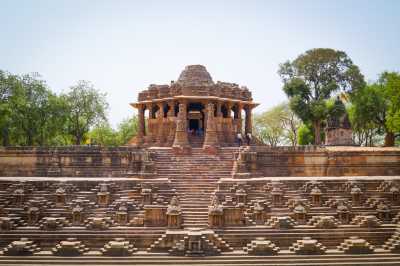
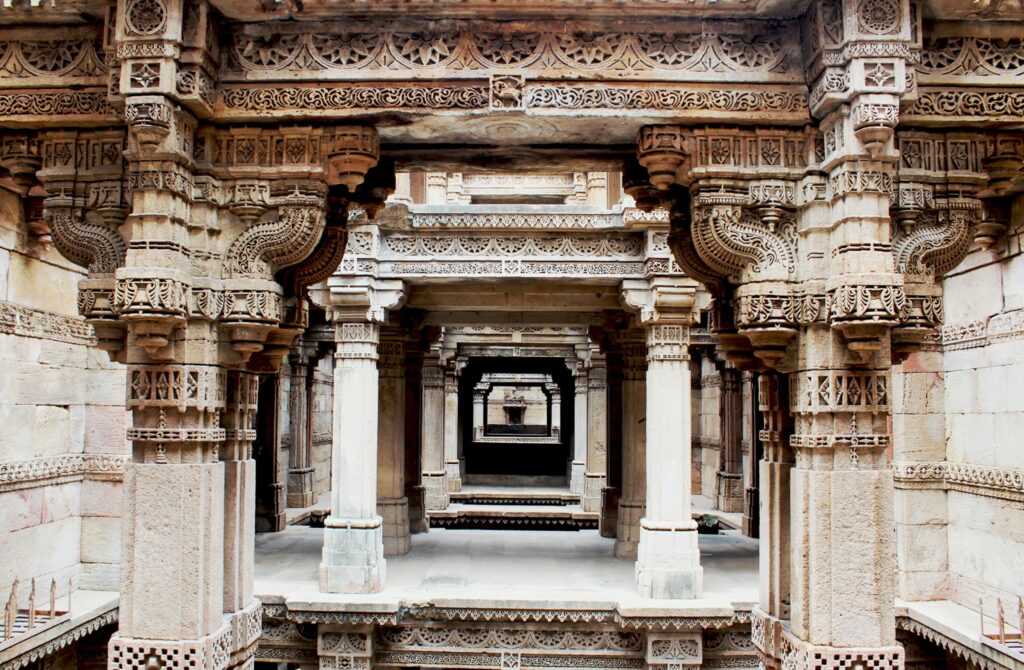
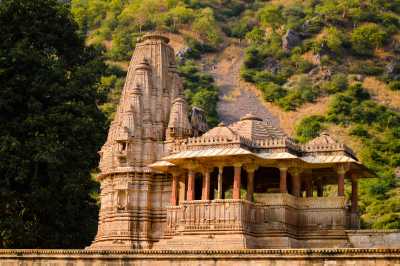
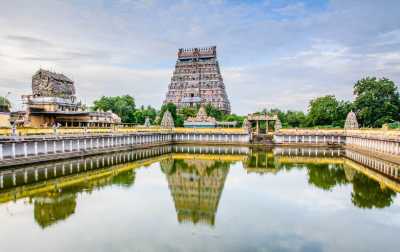
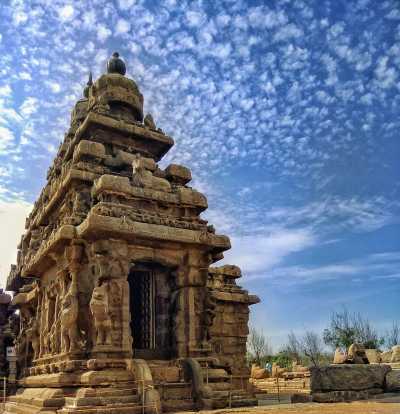
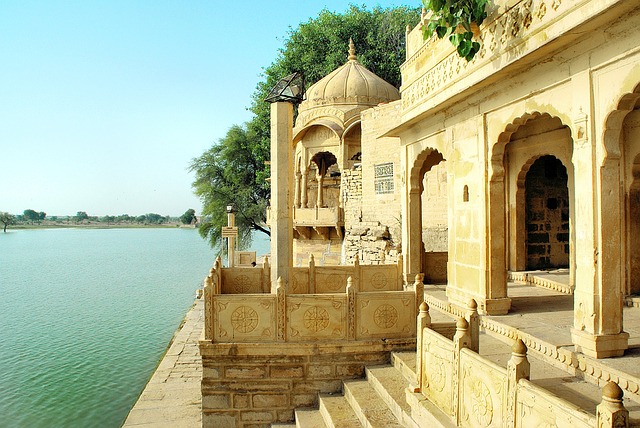
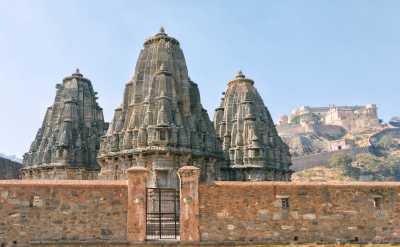
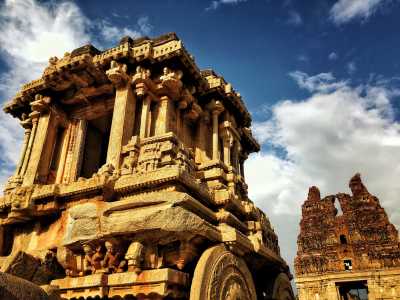
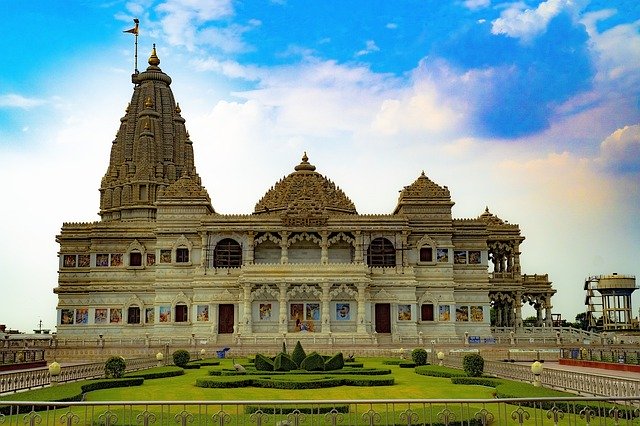
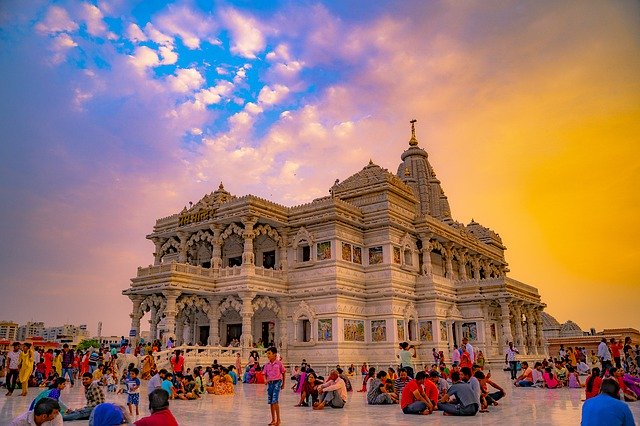
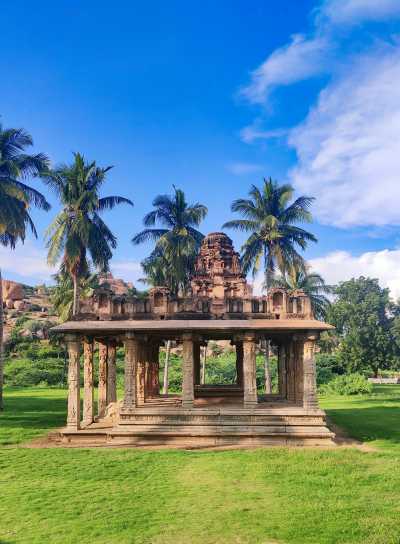
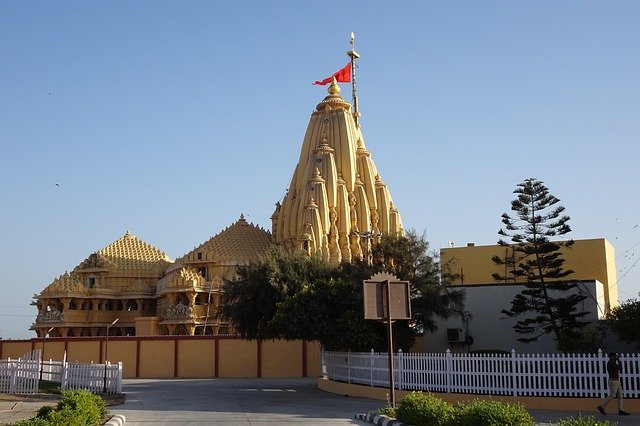
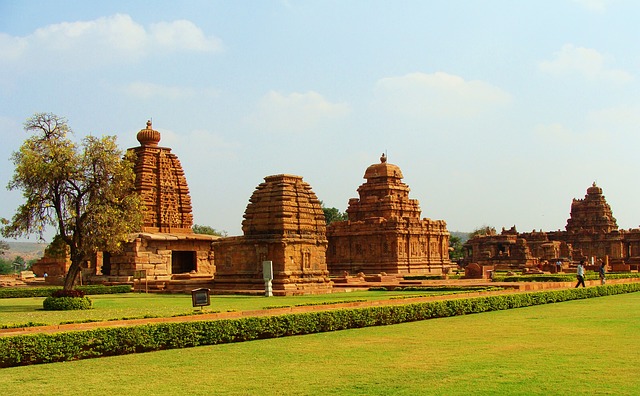
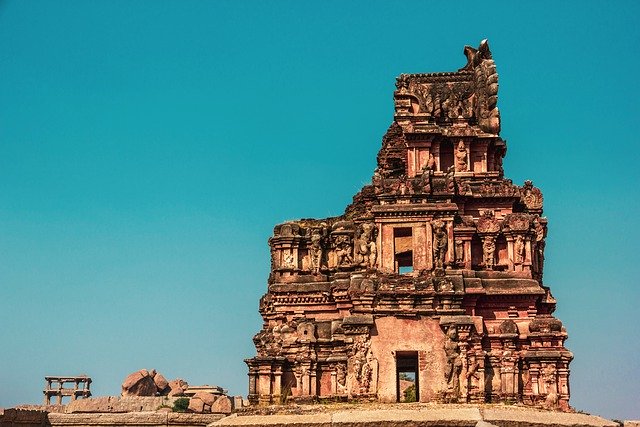
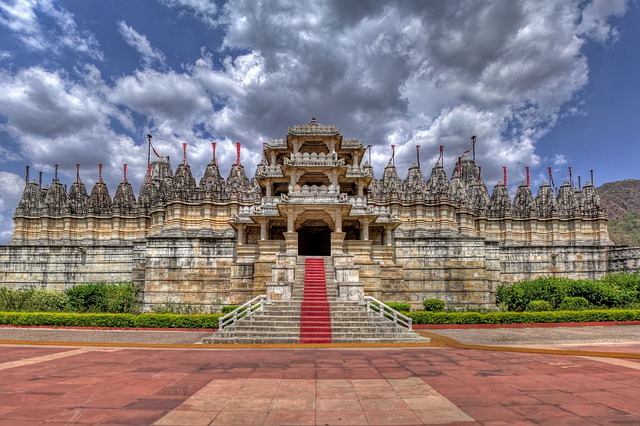
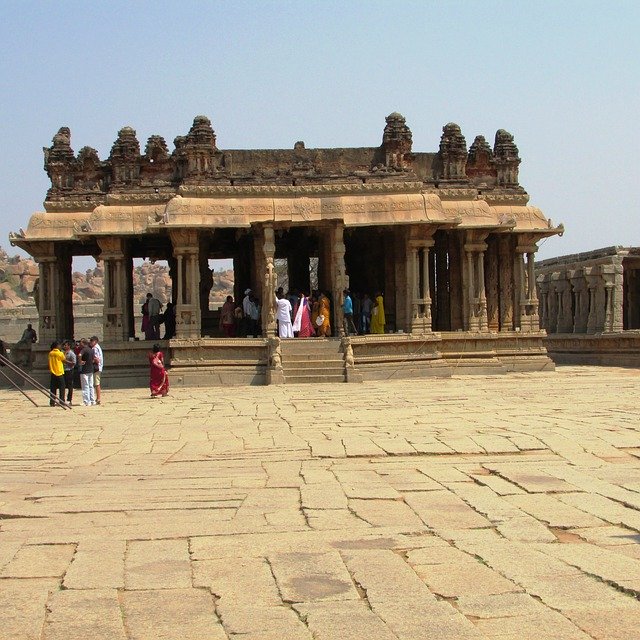
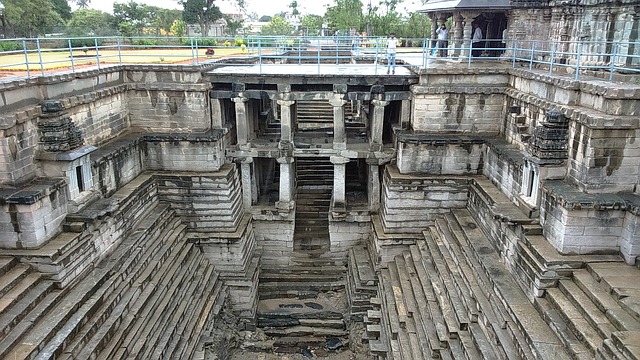
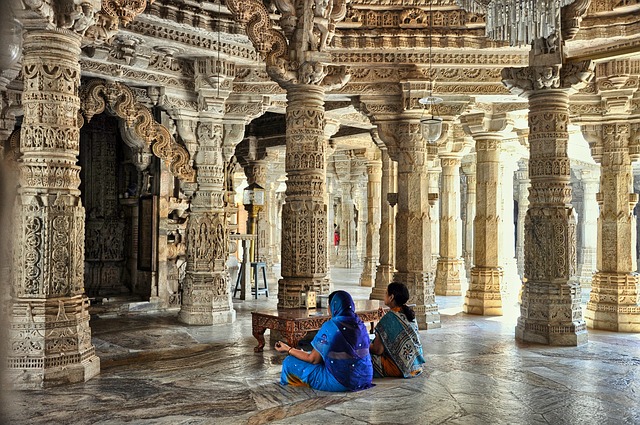
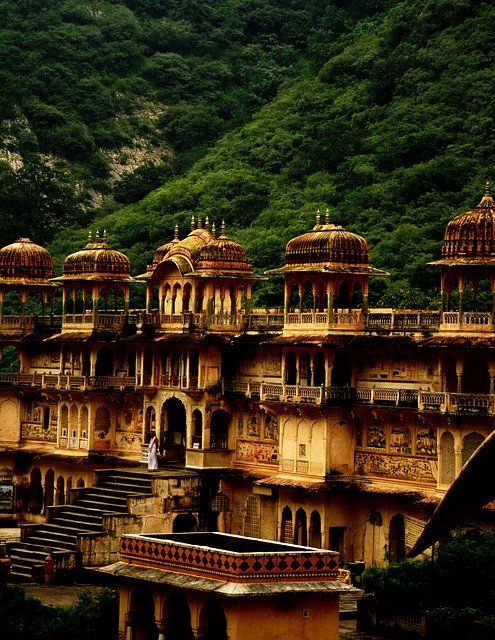

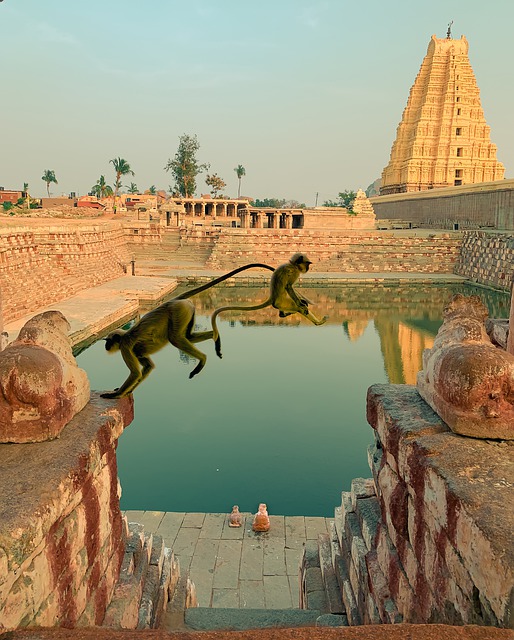

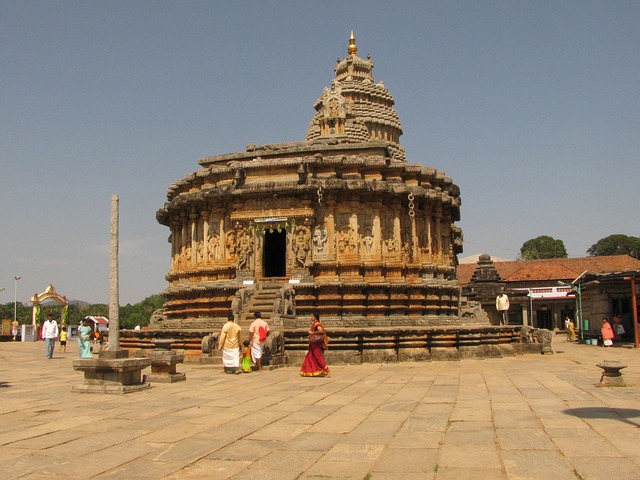
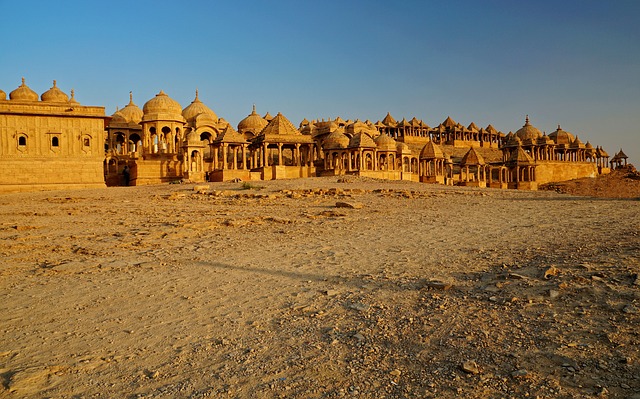

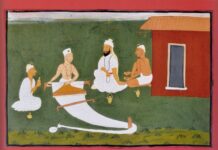





Thank you so much for giving everyone an extraordinarily spectacular chance to read in detail from this blog. It is always very enjoyable and also full of a lot of fun for me and my office acquaintances to search the blog not less than thrice weekly to learn the latest guidance you have got. And definitely, I’m just actually satisfied with all the excellent methods served by you. Selected 4 points in this post are rather the most efficient we have all ever had.
Thank you so much
Glad to be one of several visitors on this awe inspiring website : D.
Thank you so much
Hello.This article was extremely motivating, particularly because I was browsing for thoughts on this issue last Thursday.